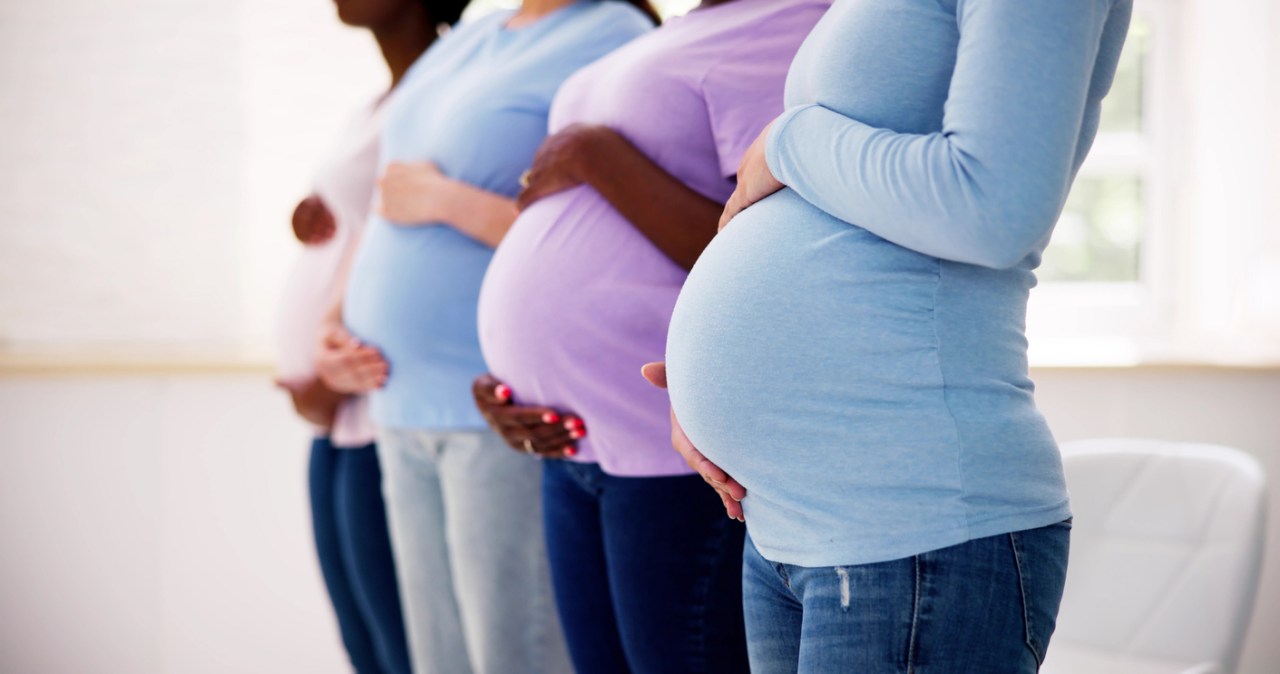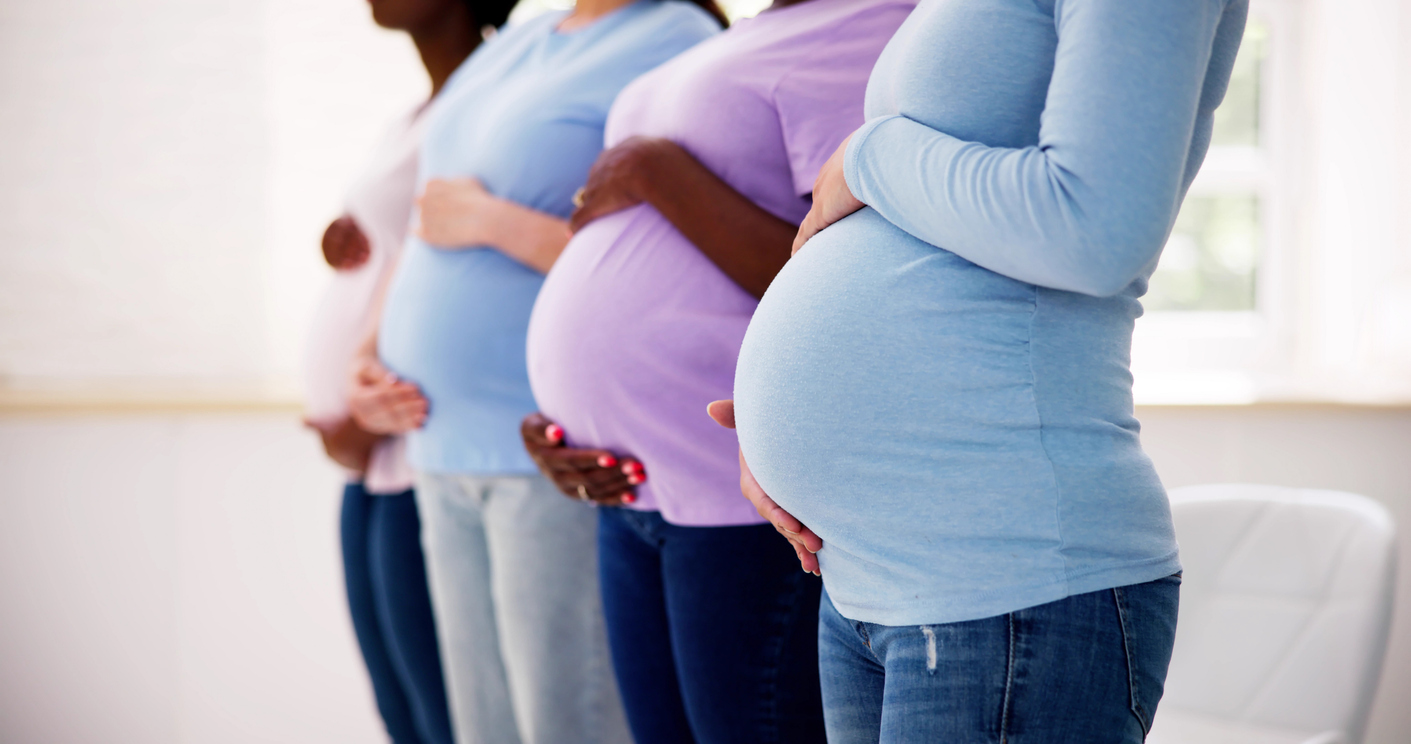Never before have English and Welsh mothers produced so few babies. New data, released by the ONS yesterday, shows the number of babies expected to be born per woman last year fell to 1.44 – down from 1.49 the year before and the lowest recorded level since these things began to be officially tracked in 1938. For a population to ‘naturally’ sustain itself (e.g. without immigration) an average fertility rate of 2.1 is needed.
Looking at the raw numbers, fewer babies were born than at any time since the late 1970s. Last year just 591,072 births were registered in England and Wales and the fertility rate has been falling consistently for the past 14 years.
Things are even worse north of the border where figures published by Scotland’s National Records showed a fertility rate of just 1.3 and the lowest ever recorded number of births at just under 46,000.
Meanwhile, other figures showed that the average age of new fathers in England and Wales climbed to just under 34 while for mothers it was just under 31. Births fell, but the number of women at ‘childbearing age’ was at its highest ever level – leading to the collapse in the fertility rate.
The largest falls in the fertility rate were in Scotland and Wales and North West England, while London’s rate was the lowest in England and Wales – in no small part due to ever-increasing house prices.
So, given the collapse in births, how can it be that just a fortnight ago the ONS reported that – over a similar period – Britain’s population has swelled at the fastest rate in modern times? These figures show that in 12 months to the middle of last year the UK population grew by 1 per cent, an increase of 662,400 people and more than the population of Manchester or Glasgow. The answer is that all of this growth is down to inward migration.
Looking just at the population already resident in the country there were more funerals than christenings, more deaths than births. Particularly in Scotland where, without migration, the population would have fallen by a third of a per cent.
Whether we choose to solve this population problem by increasing births or increasing immigration futher, what's clear is it’s a problem that can no longer go ignored. In 2020, there were four workers per retiree. In 20 years’ time the ONS projects there will be just three. That’s not sustainable. We’ll be an old, unwell society and all the poorer for it too.
For the latest on demographics, health, the economy and more bookmark the Spectator Data Hub here.








Comments